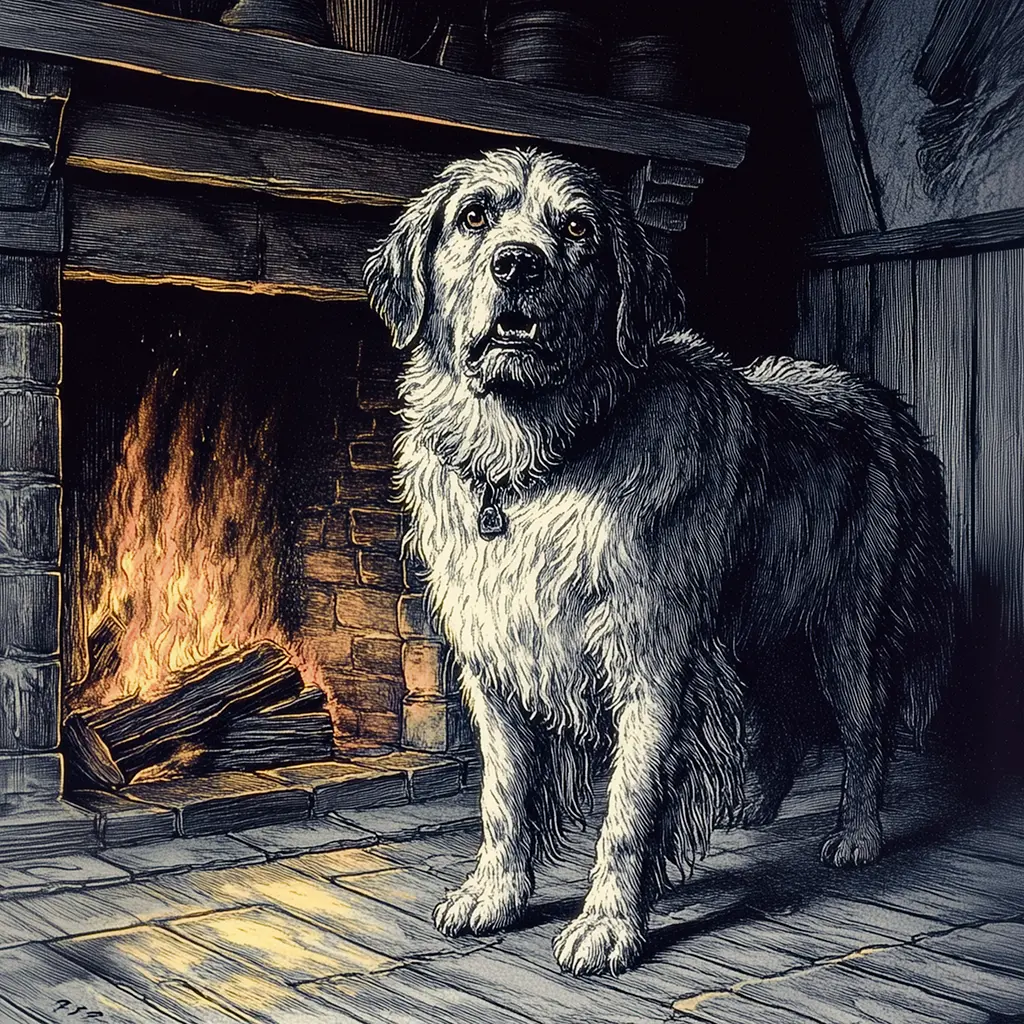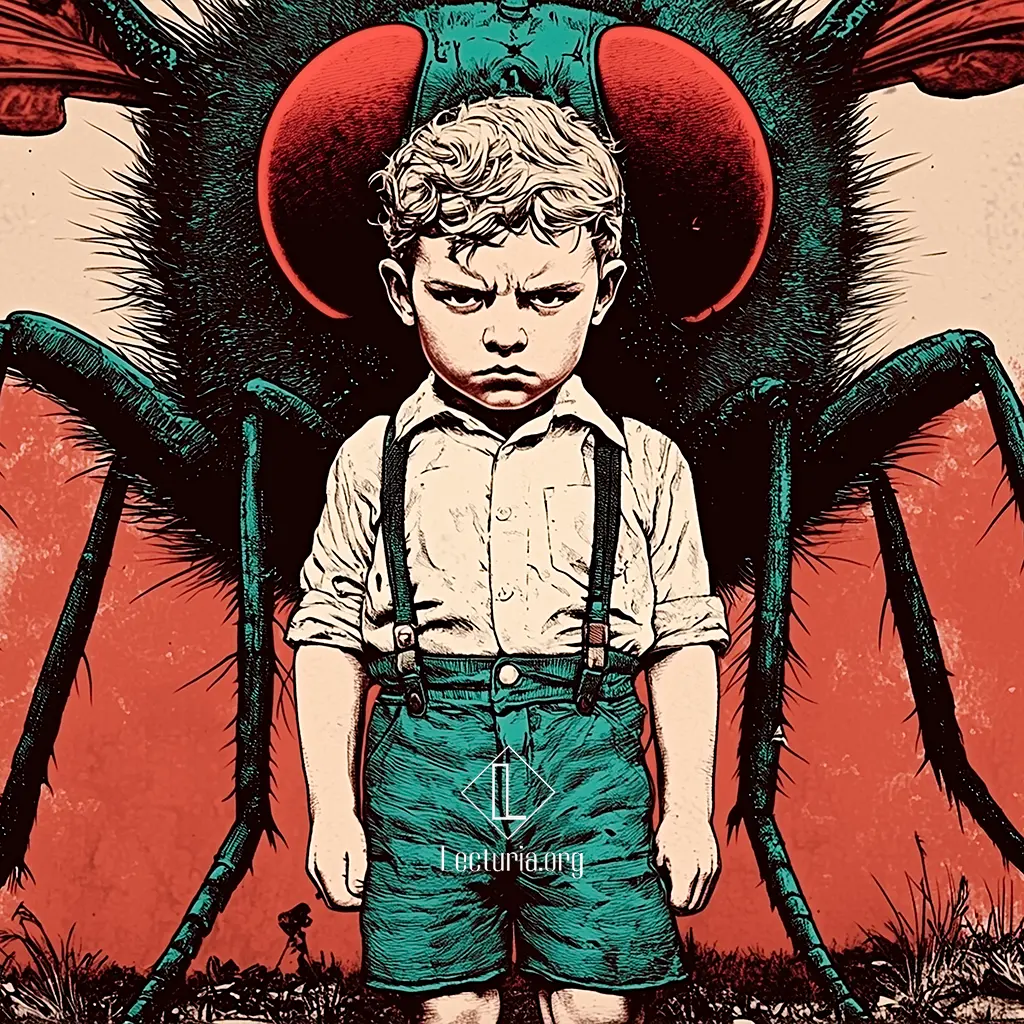Frank Belknap Long: The Hounds of Tindalos
Synopsis: “The Hounds of Tindalos” is a short story by Frank Belknap Long, first published in Weird Tales in March 1929, within the Cthulhu Mythos universe. The story follows Halpin Chalmers, a scholar obsessed with the mysteries of time and space, who decides to carry out a daring experiment to prove his theories. Using a strange Asiatic substance that alters perception, Chalmers intends to travel mentally through time, witnessing the lives of his ancestors back to the very origins of humanity. However, what begins as a fascinating journey soon turns into a horrifying nightmare.





